
That deep green yard you’ve nurtured all year faces its biggest challenge once fall arrives. The season brings crisp breezes, falling leaves, and plenty of easy mistakes that can dull even the healthiest turf. Skipping the right steps can weaken roots ahead of winter. Keep reading to spot the autumn habits that cause long-term damage before they take hold.
Stop Mowing Before The Grass Fully Dormant
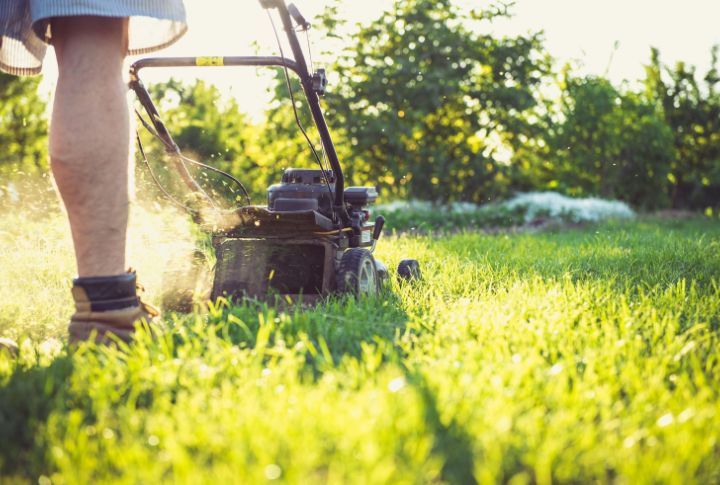
The cool air tricks a lot of people into thinking the mower’s done for the year, though grass quietly keeps growing. Skip those last trims, and you’ll end up with matted blades and hidden pests. Mow until growth genuinely halts—often late in the season—to keep next spring’s turf thick and strong.
Overwater When Cooler Temperatures Slow Evaporation

Shorter days reduce how quickly water disappears, and damp soil turns into the perfect home for fungus. Grass still needs consistent hydration, but moderation matters more than frequency. Around an inch each week sustains healthy roots without flooding them, helping the lawn rest safely once the freeze begins.
Apply Nitrogen-Rich Fertilizer Too Late In The Season
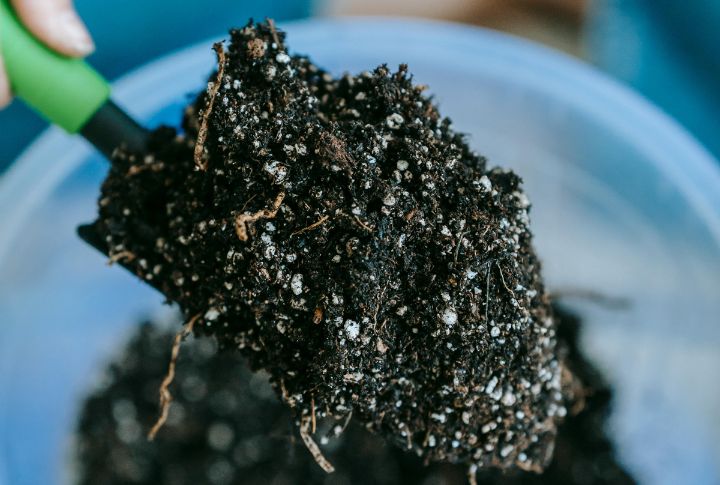
Feeding grass as frost approaches feels productive, though the results are often the opposite. Late nitrogen sparks growth that the cold immediately destroys. Apply nutrients a few weeks ahead of freezing weather so roots can store energy and bounce back quickly when spring sunlight returns.
Ignore Broadleaf Weeds
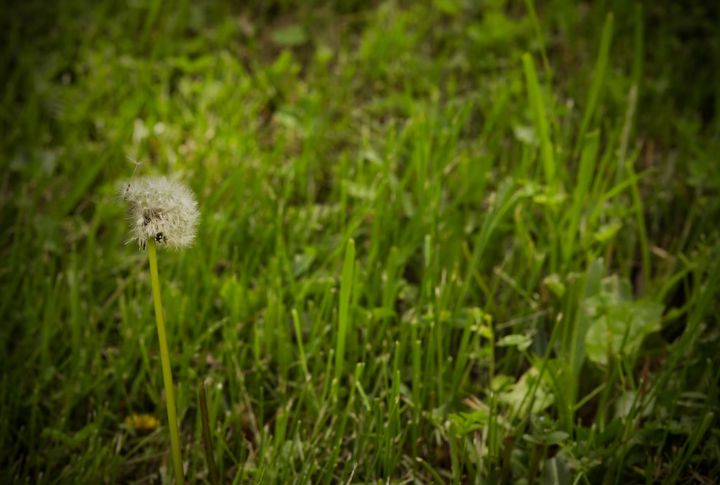
Those stubborn invaders don’t surrender to a little frost. During autumn, they draw nutrients deep into their roots, building strength for a spring comeback. Treating them in fall breaks that cycle early. Left unchecked, they’ll bloom during mild spells and scatter fresh seeds across your resting yard.
Skip Core Aeration While Soil Is Still Soft
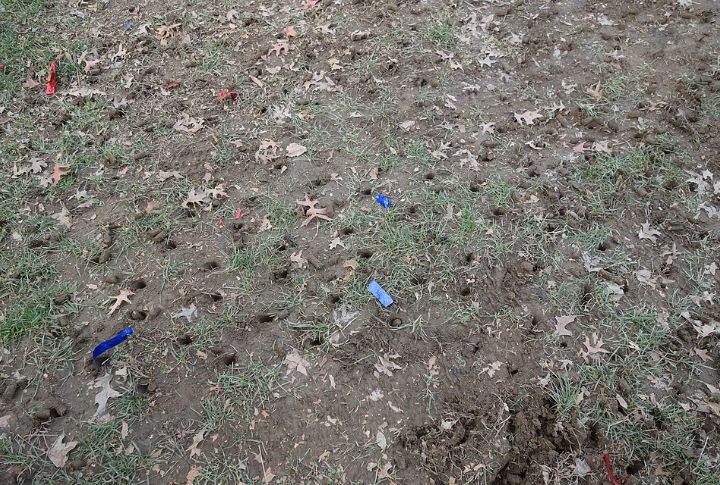
If the ground feels soft underfoot, that’s your cue—it’s the perfect moment to aerate. This simple step opens compacted soil so roots can breathe and absorb nutrients ahead of winter. Skip it, and your grass enters hibernation weaker than it should be.
Forget To Test And Balance Soil pH Levels

A healthy lawn starts underground, and fall is the best time to check how your soil’s holding up. Testing pH reveals what your grass really needs before winter hits. A quick fix with lime or sulfur now helps roots absorb nutrients better and bounce back beautifully in spring.
Leave Fallen Leaves To Mat And Block Sunlight

A blanket of leaves might look pretty, but your grass disagrees. Piled layers trap moisture, block sunlight, and invite mold. Dry leaves, however, can work in your favor—shred and mulch them for natural fertilizer. Just skip the soggy ones; they spread disease instead of nutrients.
Leave Lawn Equipment Dirty Before Winter Storage
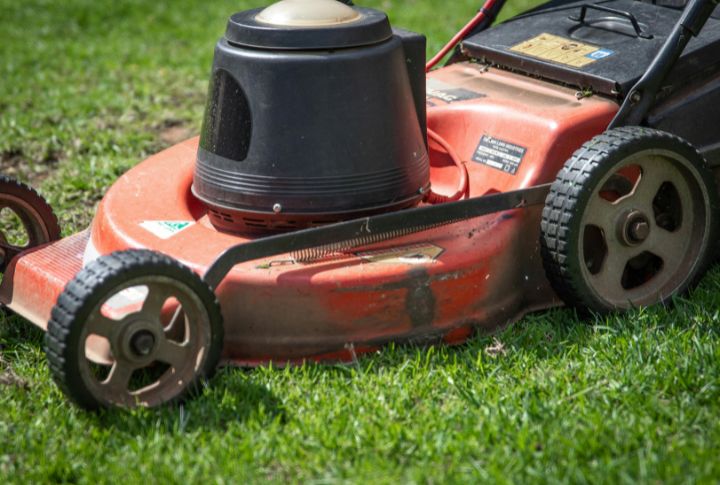
Grass clippings left on your mower blades don’t just look bad—they rust metal and spread disease next season. Give every tool a good clean before packing it away. A light coat of oil keeps parts in shape so everything’s ready to roll when spring chores return.
Cut Grass Too Short During The Final Mow
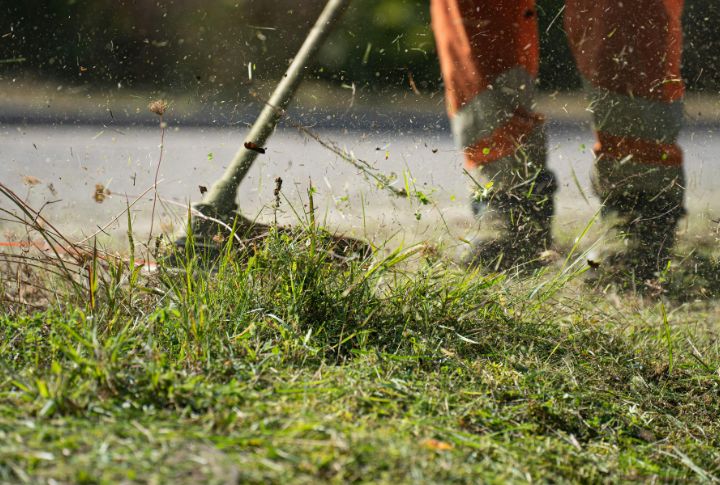
A close shave isn’t doing your lawn any favors. Grass that’s too short struggles against frost and dries out faster in the cold. Aim for a steady mid-length—around two and a half inches—to guard roots from freeze damage and avoid the mold that comes with overly tall blades.
Seed Too Late For Germination
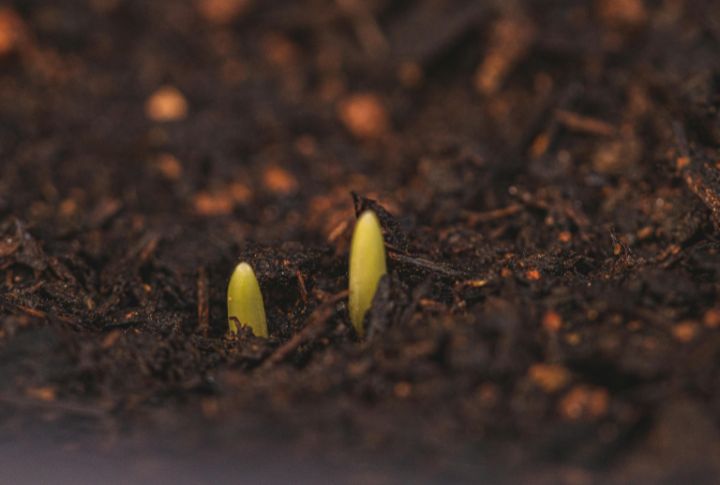
Timing your seeding matters as much as the seed itself. Grass needs warm soil to sprout strong roots before the first hard freeze. Start early in the season so seedlings take hold and fill the yard evenly. Waiting too long leaves empty spots that linger until spring.

